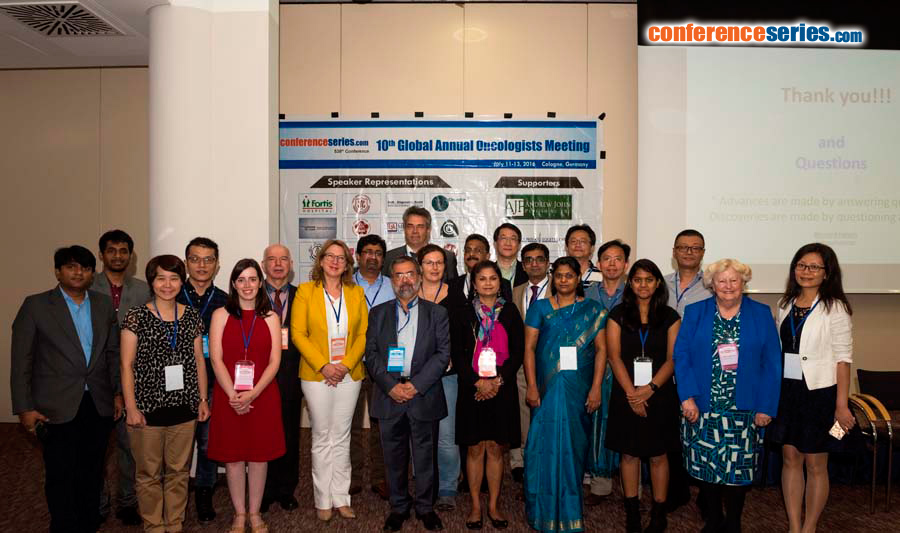
B R Das
Research and Development, SRL Ltd., India
Title: Evaluation of actionable mutation (KRAS, BRAF and PIK3CA) in colon cancer: Determination of frequency, distribution pattern in Indian patients
Biography
Biography: B R Das
Abstract
Introduction: Presence of actionable mutations plays a significant role in tailoring therapy in colorectal carcinomas. Mutations of the KRAS, BRAF and PIK3CA genes have gained tremendous attention in recent times mainly because of their ability to determine therapeutic response to anti EGFR therapy. The present study evaluated the frequency, distribution pattern and its association with clinic pathological characteristics in Indian colorectal cancer (CRC) patients. Materials & Method: Presences of actionable mutations were screened in 204 colorectal carcinoma cases by direct sequencing using gene specific primers. Results: KRAS, BRAF and PIK3CA mutations were present in 23.5%, 9.8% and 5.9% respectively. KRAS codon 12 mutation was most frequent followed by codon 13 mutation. Five different Missense mutations at KRAS codon 12 (G12S, G12D, G12A, G12V, and G12C) and one substitution type at codon 13 (G13D) were observed. All mutations in BRAF gene were of V600E type, while amongst PIK3CA gene, E545K was the most recurrent mutation in addition to other mutations (T544I, Q546R, H1047R, G1049S, and D1056N). KRAS mutations were significantly higher in patients who were >50 years, and were associated with moderate/poorly differentiated tumours, while in contrast, BRAF mutations were more common in patients with <50 years age, more common in well differentiated and right sided tumours. No significant association of PIK3CA mutation with age, tumor differentiation, location, and other parameters was noted. Both KRAS and BRAF mutations were found to be mutually exclusive, interestingly, five cases showed concurrent mutation of KRAS and PIK3CA. Conclusion: In conclusion, the frequency of KRAS and BRAF mutations were similar to most of the worldwide reports. Further studies are warranted to evaluate their prognostic impact and response to targeted therapy.
Speaker Presentations
Speaker PPTs Click Here






